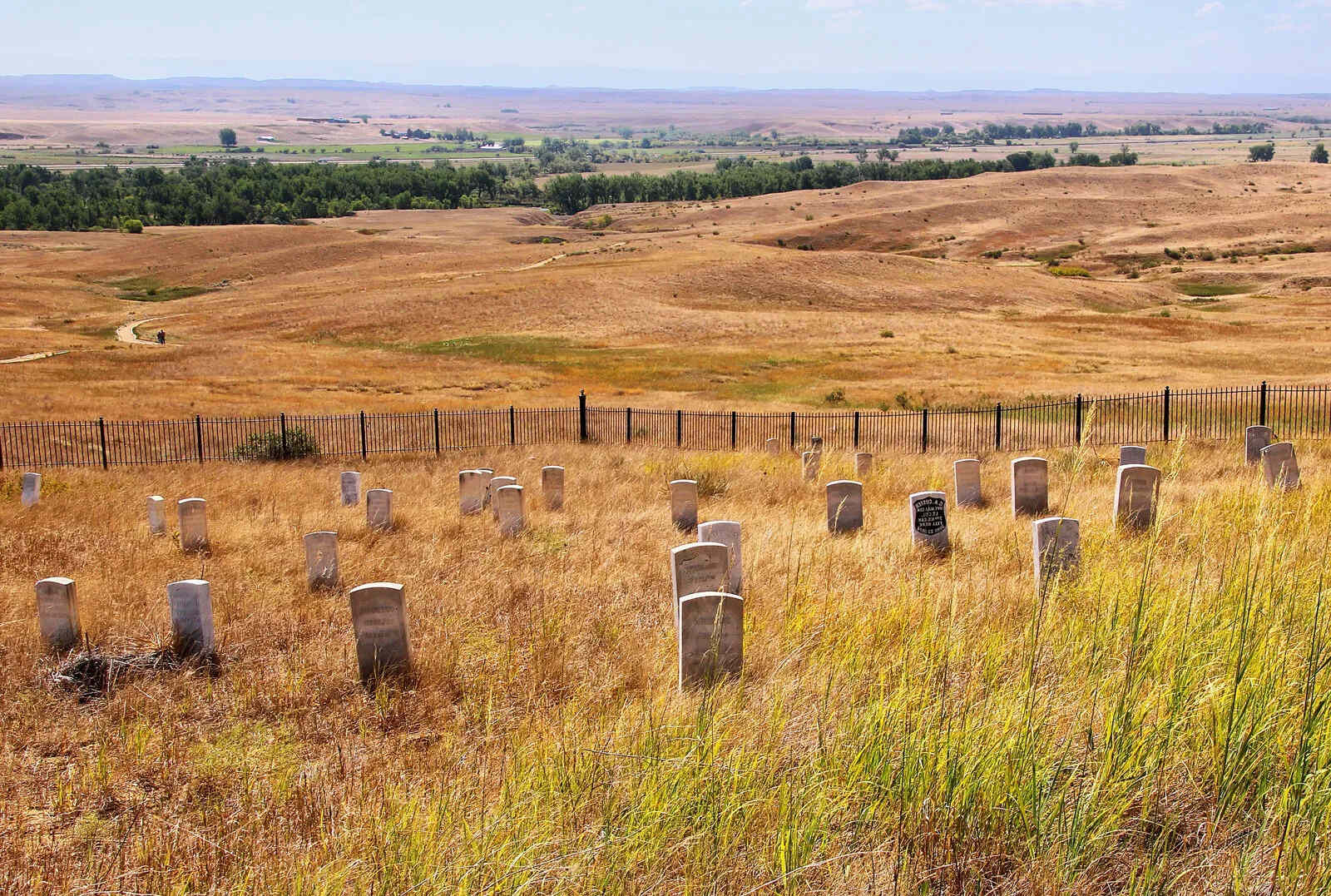Sacred Sites Of Montana’s Little Bighorn

Montana's Little Bighorn is a place where history whispers through the wind. This site, known for the famous battle between the U.S. Army and the Lakota, Northern Cheyenne, and Arapaho tribes, holds deep cultural significance. Walking through this area, one can almost feel the echoes of the past. The landscape, with its rolling hills and vast plains, tells stories of bravery and loss. Visitors often find themselves reflecting on the events that shaped this land. Beyond the battlefield, the region offers a glimpse into Native American heritage, with sacred sites that continue to be honored today. Whether you're a history buff or simply curious, Little Bighorn provides a unique window into a pivotal moment in American history. This journey through time invites everyone to appreciate the rich tapestry of cultures that have called this land home.
Discovering the Sacred Sites of Montana's Little Bighorn
Montana's Little Bighorn is more than just a historical battlefield. It's a place where stories of bravery, culture, and spirituality come alive. The land holds sacred sites that offer a glimpse into the past and the spiritual significance for the Native American tribes. Let's explore these special places.
1. Little Bighorn Battlefield National Monument
This site marks the location of the famous battle between the U.S. Army's 7th Cavalry and the combined forces of the Lakota, Northern Cheyenne, and Arapaho tribes. The battlefield is a place of reflection and remembrance for those who fought and lost their lives.
- Custer National Cemetery: A resting place for soldiers and their families, offering a somber reminder of the past.
- Last Stand Hill: Where Lt. Col. George Custer made his final stand, marked by a memorial.
2. Medicine Wheel National Historic Landmark
The Medicine Wheel is a sacred Native American site located in the Bighorn Mountains. It's a large stone structure shaped like a wheel, used for centuries in spiritual ceremonies.
- Spiritual Significance: The wheel is a symbol of healing and balance, deeply revered by many tribes.
- Cultural Gatherings: Tribes still gather here for ceremonies, connecting with their ancestors.
3. Crow Agency
Crow Agency is the headquarters of the Crow Tribe and a place rich in cultural heritage. Visitors can learn about the tribe's history, traditions, and way of life.
- Crow Fair: Known as the "Tipi Capital of the World," this annual event showcases traditional dance, music, and crafts.
- Bighorn Canyon: A stunning natural wonder nearby, offering breathtaking views and outdoor activities.
4. Chief Plenty Coups State Park
Named after the last traditional chief of the Crow Tribe, this park celebrates his life and legacy. It's a place to learn about Crow culture and history.
- Chief Plenty Coups' Home: Explore the preserved home and grounds of this influential leader.
- Cultural Exhibits: Displays of traditional Crow artifacts and stories.
5. Pryor Mountains
The Pryor Mountains are sacred to the Crow Tribe, offering a landscape of rugged beauty and spiritual significance.
- Big Ice Cave: A natural wonder within the mountains, known for its year-round ice formations.
- Wild Horse Range: Home to a herd of wild horses, adding to the area's mystique.
6. Bear Butte
Bear Butte is a sacred mountain for many Plains tribes, including the Cheyenne and Lakota. It's a place of prayer and vision quests.
- Trail to the Summit: A hike to the top offers panoramic views and a chance for reflection.
- Prayer Cloths: Visitors will see colorful cloths tied to trees, left by those seeking spiritual guidance.
7. Rosebud Battlefield State Park
This site commemorates the Battle of Rosebud, a precursor to the Battle of Little Bighorn. It's a place to honor the bravery of the Native American warriors.
- Interpretive Trails: Walk the paths where history unfolded, with signs explaining the battle's significance.
- Wildlife Viewing: The park is home to diverse wildlife, adding to its natural beauty.
Reflecting on Montana's Sacred Sites
Montana's Little Bighorn holds deep historical and cultural significance. Visiting these sacred sites offers a unique opportunity to connect with the past. The Little Bighorn Battlefield stands as a poignant reminder of the clash between Native American tribes and U.S. forces. Walking through this area, you can almost hear echoes of history. The Custer National Cemetery honors those who lost their lives, providing a place for reflection. Nearby, the Indian Memorial pays tribute to the Native American warriors who fought bravely. Each site tells a story, offering insights into the struggles and resilience of those who lived through these events. Exploring these places fosters a deeper understanding of the complex history that shaped this region. Whether you're a history buff or simply curious, Montana's sacred sites offer a meaningful journey into the past, leaving a lasting impression on all who visit.

